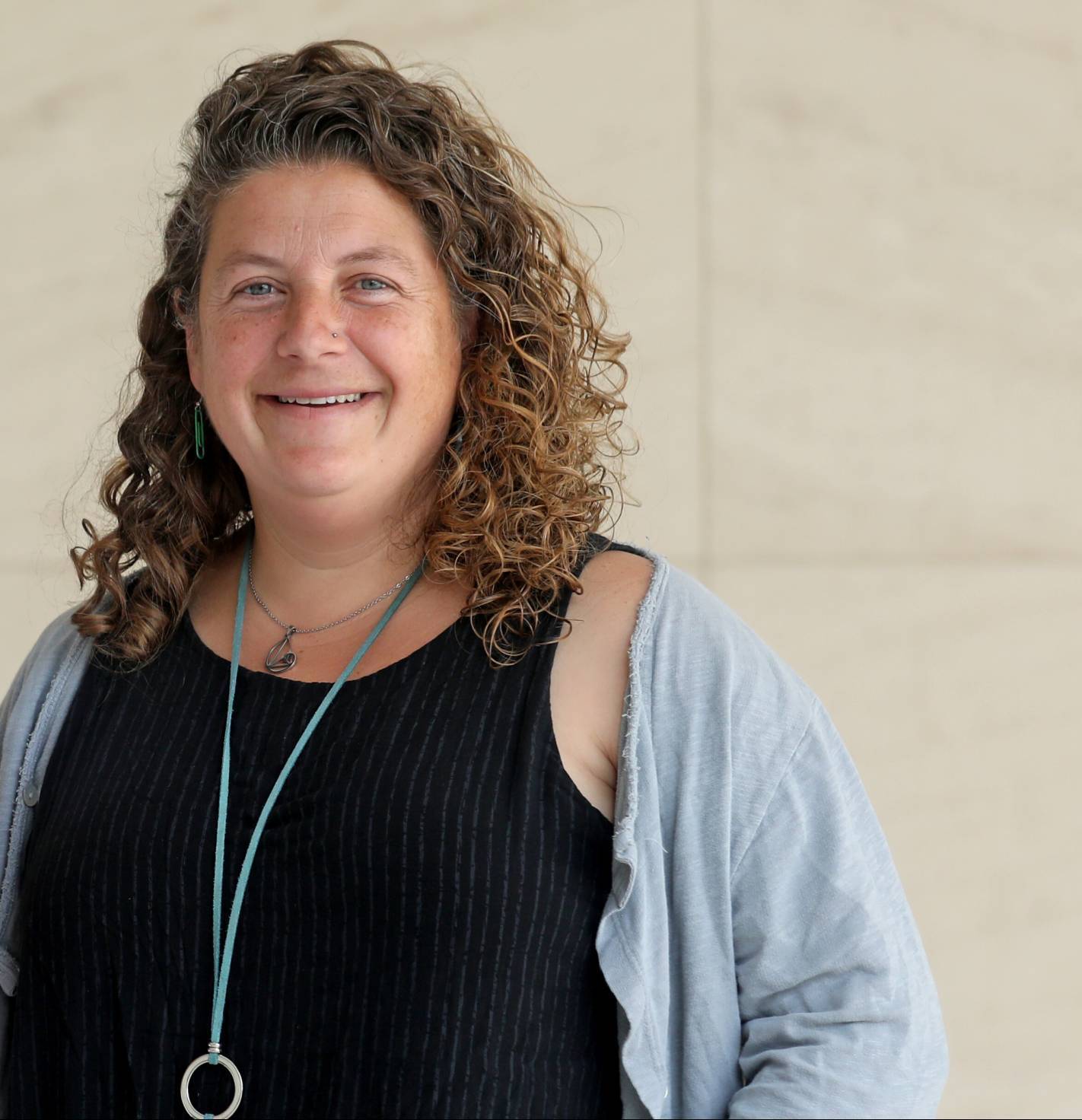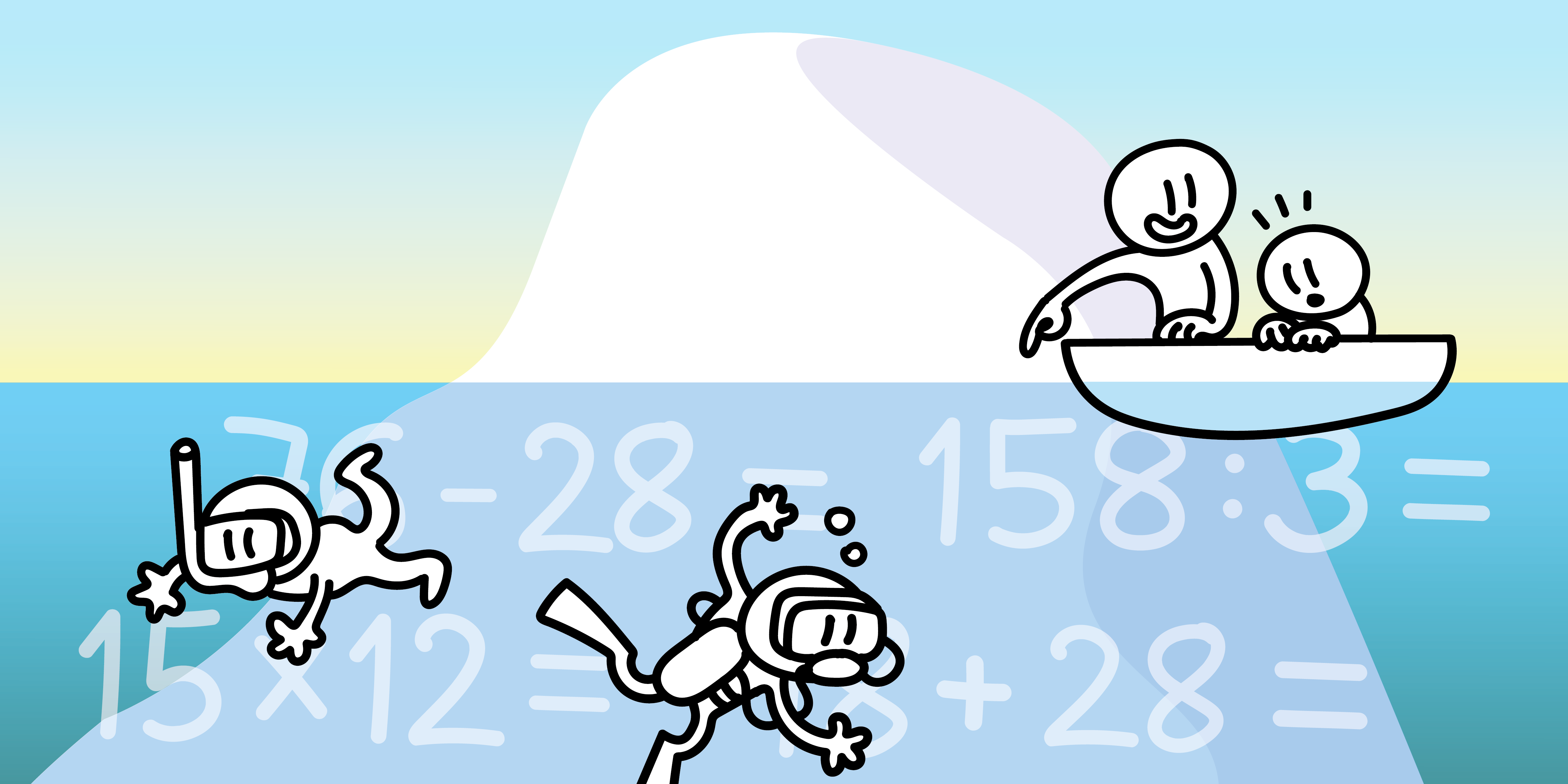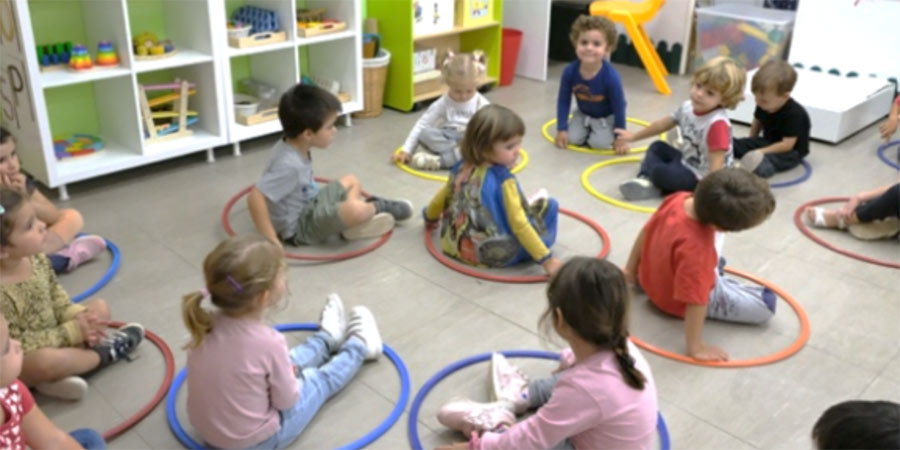Download the infographic
Download the infographic for examples of how to generate learning opportunities in different contexts.
Table of contents
“Have you ever experienced a learning situation?” I began my presentation with this question at the opening of the ADEMGI conference. The concept learning situation has had a big impact and is new to some curricula, in Spain for example. There is no exact definition of the concept of ‘learning situation’, and this has led to many different interpretations…
What are learning situations?
Many teachers and professors, myself included, have been thinking about the approach of the Spanish curriculum which includes “realistic situations, of personal or global interest, in the form of questions or challenges that require a response from the students”. What a mess!
We will do it in steps. Situations? What kind of situations? We do not understand the concept of realistic situations to mean that they must be real, but that they must be believable, meaningful and designed to develop students’ specific competencies. For a child, playing tic-tac-toe may be a more realistic and meaningful context (board games) than ‘going to the market for groceries’.
Rather than the context, let’s focus on learning situations as situations that generate learning opportunities. In other words, opportunities to build new learning.
The aim of including different in learning situations in the classroom is that as teachers, we should stop setting mechanical exercises that do not generate learning. Exercises in which students only consolidate by repetition, without understanding. We should not demonize memorization or mechanization, because they can be very useful, however we must ensure that they are the product of understanding. In other words, it is fine to practice and work towards memorization, but first it is necessary to have generated the necessary learning opportunities to build knowledge and understand it.
Allow me to explore the concept of memorization. Knowing things by heart is not a bad thing, as some people have been advocating recently. But we must be careful! It is great to have a fact in your working memory (such as knowing that 3 + 4 = 7, that 4 × 5 = 20, or that the square root of 36 is 6), but it is also important to understand the process we have gone through to get it. I may know that 3 + 4 is 7 because I have studied it repeatedly (I would have used memorization as a learning strategy), or I may have understood what this addition means, made connections with the fact that 3 + 3 is 6, represented it in different ways, etc. This generates solid learning, which is like an iceberg. So in the future, I won’t have to memorize the answer to 4 + 5, I will be able to work it out.

Teacher management
As I have just shown you, there are many different situations that can generate learning opportunities. With good classroom management we can turn more superficial activities into meaningful ones, we can give very specific systematic tasks or large projects.
They all have one thing in common: teacher management as key to their success. There are two clear perspectives for interpreting different situations:
- The macro scale is the full picture of what we do in the classroom. This refers to the design of the overall activity.
- The micro scale is our management of the task, in other words the questions we ask at each moment.
These two perspectives go hand in hand and work together. The work of teachers is essential in achieving meaningful and competency-based learning – but we cannot base everything on resources or tasks, there is no magic recipe! The teacher’s understanding and management of a class is key to help students connect and engage with what is happening in the classroom. It is also important that students are involved to the activity.
How to generate learning opportunities
As this idea is universal to any approach in our classes, and applied to any subject, we have designed an infographic in which we share different examples of how we can generate learning opportunities in different situations.






